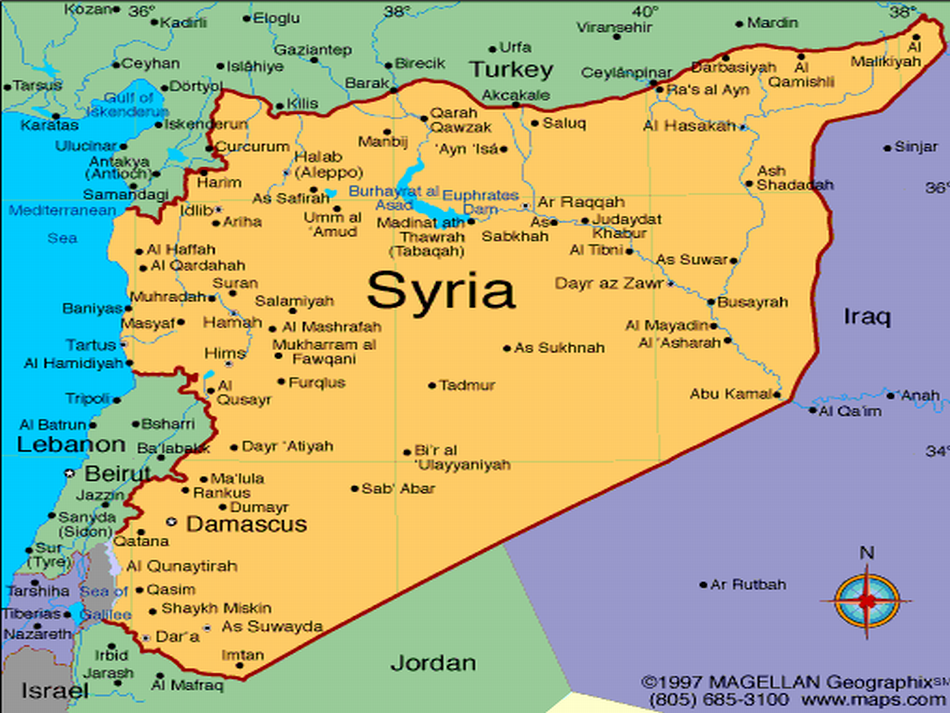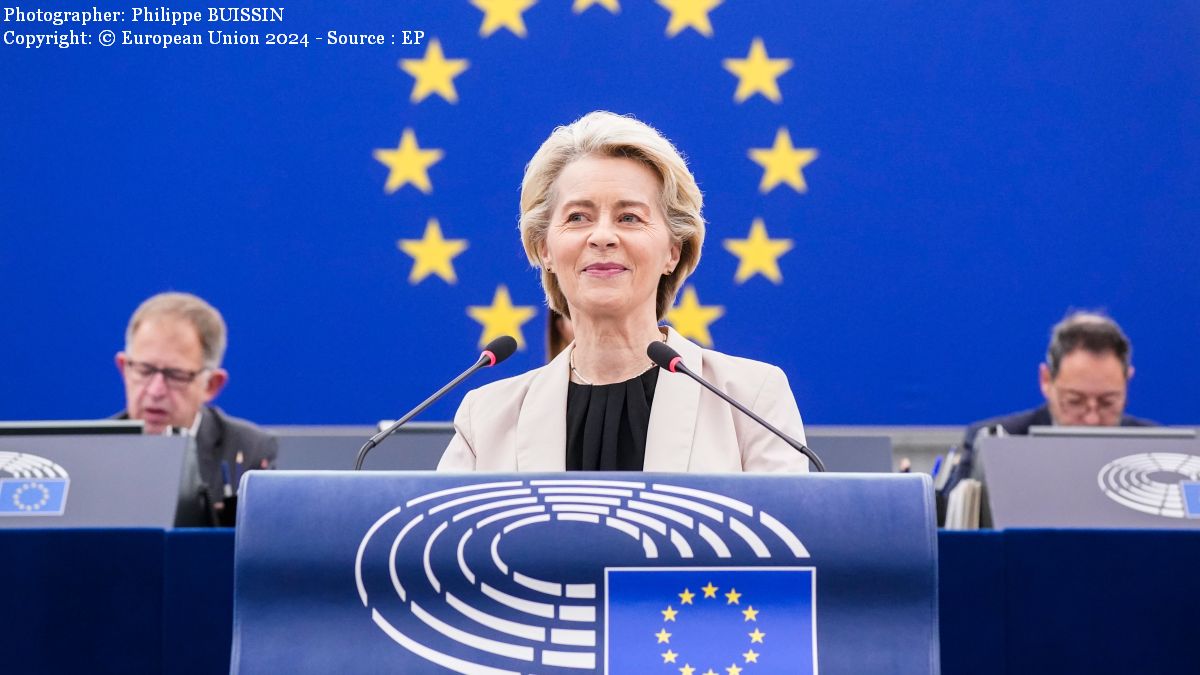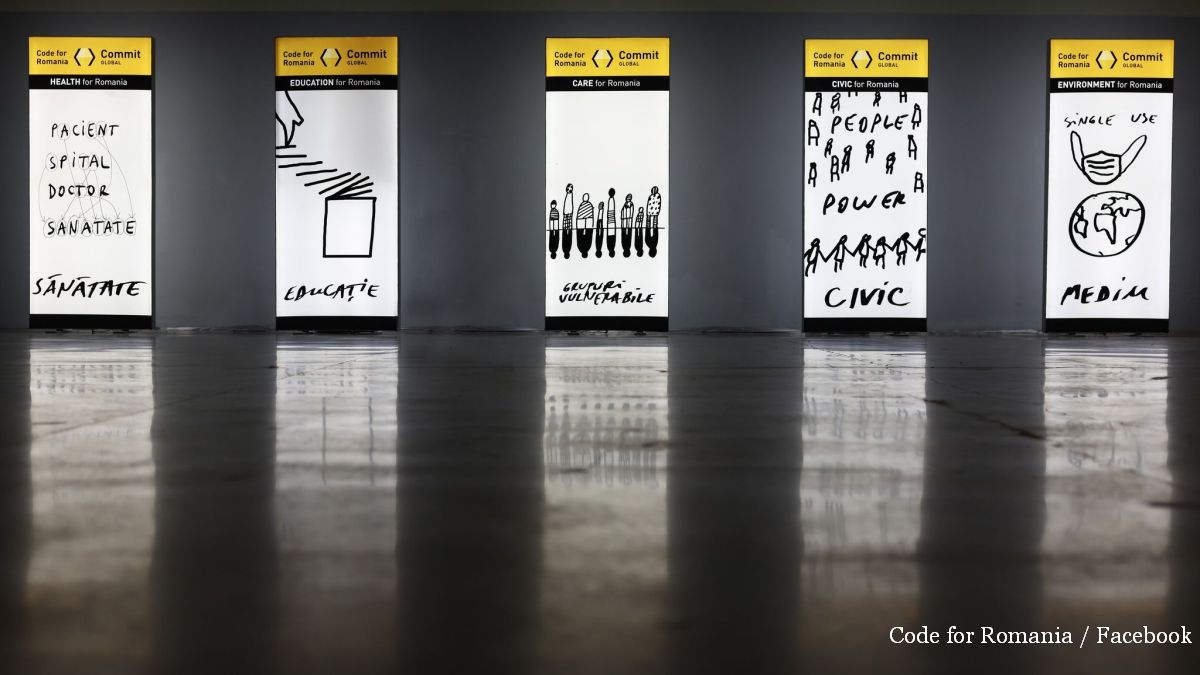Syria, Five Years of Conflict
A look at Syria, a country ravaged by five years of conflict.
Warning: Trying to access array offset on null in /home/web/rri.ro/public/wp-content/themes/rri/template-parts/content.php on line 53

Warning: Trying to access array offset on null in /home/web/rri.ro/public/wp-content/themes/rri/template-parts/content.php on line 98
Corina Cristea,
01.04.2016, 13:43
On March 15, 2011, emboldened by the “Arab Spring, Syrian protesters took to the streets, confident that they would manage to bring democracy to the country. And now, five years on, Bashar al-Assad is still in Damascus, and things seem more complicated than ever. In terms of figures, the toll taken by five years of war is 470,000 dead, 70,000 of them from hunger and disease, 1.9 million injured, a few million refugees and millions others left destitute or displaced to the inner part of the country.
Foreign policy analyst Iulian Chifu spoke about the situation: “We have there not only the major nuclear powers for the first time since the Cuba 1962 situation, the US and the Russian Federation, but we also have there all the regional powers with military capabilities, and there is the possibility of an incident at any time, which could lead to an escalation of the conflict. We have there Saudi Arabia, Iran, Turkey, and all the factions of all colors, from al Qaida to al Nusra to the Islamic State – basically a powder keg that only needs a match to blow up the Middle East.
Moscows military intervention in Syria, which started in September 2015, introduced an alternative coalition to that formed already against the Islamic State, made up of Sunni Gulf states, Turkey, the US and the western states, Iulian Chifu recalls. The new coalition is made up of Russia, Iran, the pro-Shia government in Baghdad, Hezbollah, alongside Bashar al-Assads Alawites, a Shia axis that has lent increased relevance to ISIS, which managed to recruit 30,000 new combatants in 6 months, raising enormous amounts of money, according to Iulian Chifu. He made an analysis of the decisions made by president Putin to intervene militarily in Syria, then of pulling out, in late March, most of his troops and armaments from that country.
Iulian Chifu: “Fighting Islamic State and reducing in size the wave of refugees to Europe, the two objectives formally announced by President Putin at the beginning of this campaign, have not been reached – ISIS is going ahead just fine, and is even able to project force into the heart of Europe. At the same time, we see that the wave of refugees has only swelled up, not reduced. So what objectives has Russia reached? It set up a no-fly zone in Syria, most of Syria and certainly in the eastern Mediterranean, as well as a naval no-sail zone in the west of Syria and the port of Tartus area. This is a major strategic and military objective, it is the formula for access to the warm seas, and from this point of view the port of Novorossiysk and Crimea, which cover the entire Black Sea area, played an important role in terms of power projection. This is a Russian strategic objective. A second objective that seems to have been reached was that of taking Russia out of isolation, an isolation caused by the annexation of Crimea and its military aggression in eastern Ukraine. Moreover, the Russian Federation also has the ambition to have a say in the Middle East.
The Russian military intervention in Syria, allegedly against terrorism, was a game changer in the Syrian civil war, helping the regime army to go on the offensive again, regaining territory, forcing the rebels to seek a cease fire, giving Bashar al-Assad the opportunity to negotiate on his own terms, according to analysts. Syrian official Bashar Jaafari, speaking at the peace negotiations in Geneva, said, quote: “The US led international coalition has not succeeded in Syria because they did not coordinate with the regime. Russia was victorious because it coordinated with us. We are in favor of an international anti-terrorist coalition, but only as long as it coordinates with the Syrian government.
To ask the US and the West in general to negotiate with Bashar al-Assad is inconceivable today, according to analyst Iulian Chifu: “It practically means abandoning completely the Syrian opposition, maintaining the complicated situation in Syria, which is not new. The fact remains that Syria has a Sunni majority, but was led by an Alawite minority, high officials grouped around Bashar al-Assad, ruling with an iron hand. It was a balance that would eventually break. And the ‘Arab Spring was an opportunity for this balance to break, and get rearranged on democratic criteria. Which means that either the Syrian state will look differently, or the Sunni majority would naturally take control of this state. Or, obviously, there is the version of a deal, such as in Iraq or Lebanon, or power sharing between various religious and ethnic groups.
The feeble cease-fire observed now needs much more, to lead to peace. However, any transition government in Damascus should reflect the ethnic and religious reality in Syria, analyst Iulian Chifu believes.





























